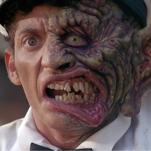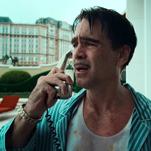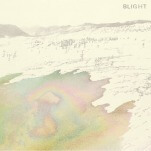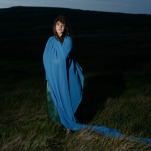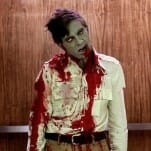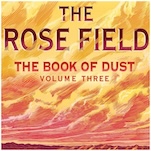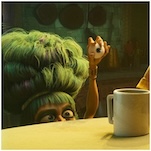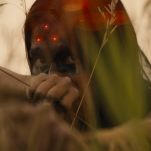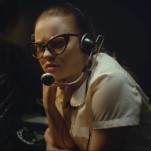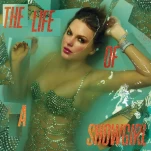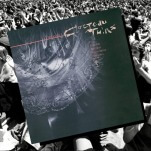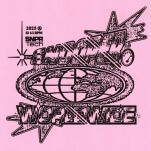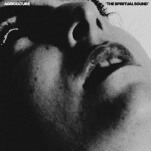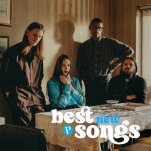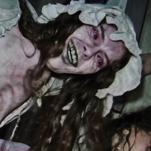The Best Horror Movie of 1972: The Night Stalker

This post is part of Paste’s Century of Terror project, a countdown of the 100 best horror films of the last 100 years, culminating on Halloween. You can see the full list in the master document, which will collect each year’s individual film entry as it is posted.
The Year
This is another one of those years that is rife with thrillers bordering on the edge of horror, but in the case of films such as Deliverance or Alfred Hitchcock’s Frenzy, we’re ultimately inclined to keep them out of the official “horror” genre. As for the rest of the year, many of the themes of the early 1970s continue to gather strength, including graphic violence, wanton sexuality and an increasingly exploitative mindset. There is certainly a feeling in the air that the genre is exploring a side of cinema that many viewers would have preferred to see kept out of the public eye entirely, which manifests in a moral blowback of sorts against horror movies.
In Italy, director Lucio Fulci, who already has two decades of directing experience under his belt at this time, begins to move in the direction of horror with the influential giallo film Don’t Torture a Duckling. Containing a rather scathing portrayal of the Catholic church that calls to mind last year’s The Devils (although nowhere near so depraved), Don’t Torture a Duckling follows a detective searching for a serial killer of children, and displays some of the touches that would become Fulci’s hallmarks in a series of supernatural horror films in the 1980s, especially his creative use of gore and strange death scenes. Along with Mario Bava and Dario Argento, Fulci would become one of the three biggest icons in Italian horror cinema.
All throughout Europe, the horror gravy train is moving at full speed. Amicus Productions in the U.K. has a particularly notable year in 1972, releasing not one but two of its signature horror anthologies, Asylum and the EC Comics-inspired Tales From the Crypt. The latter is a fun footnote in horror history for the fact that it may have been the first depiction of a killer Santa Claus, who appears in its best-known segment, “…And All Through the House,” far predating the considerable ruckus and outrage that would be stirred up by the likes of 1984’s Silent Night, Deadly Night. Not to be outdone, Hammer also releases Vampire Circus, a heavily eroticized panoply of breasts and fangs that feels sadly like an older studio trying to keep up with changing appetites. Confirming that impression, meanwhile, is Hammer’s Dracula A.D. 1972, which bizarrely tries to transplant the Peter Cushing/Christopher Lee vampire dynamic to the modern day, with tonally jumbled results. This more or less marks the end of the golden era of Hammer Horror, although there are still a few offerings to come.
This year is also home to the first in Spanish director Amando de Ossorio’s “Blind Dead” series, Tombs of the Blind Dead, which would set the tone for the deluge of post-Romero Italian and Spanish zombie cinema that would be coming down the pipe in a few years, as well as Wes Craven’s notorious rape-and-revenge feature The Last House on the Left.
1972 Honorable Mentions: Don’t Torture a Duckling, Tales From the Crypt, What Have You Done to Solange?, Asylum, Images, Vampire Circus, The Last House on the Left, Tombs of the Blind Dead, Dracula A.D. 1972, Horror Express
-

-

-

-

-

-

-

-

-

-

-

-

-

-

-

-

-

-

-

-

-

-

-

-

-

-

-

-

-

-

-

-

-

-

-

-

-

-

-

-

